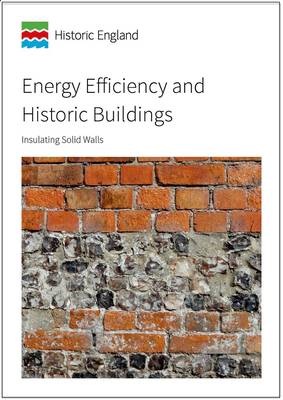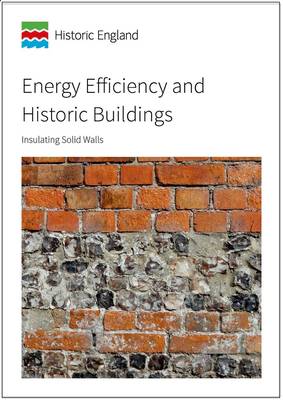
- Afhalen na 1 uur in een winkel met voorraad
- Gratis thuislevering in België vanaf € 30
- Ruim aanbod met 7 miljoen producten
- Afhalen na 1 uur in een winkel met voorraad
- Gratis thuislevering in België vanaf € 30
- Ruim aanbod met 7 miljoen producten
Zoeken
€ 13,95
+ 27 punten
Uitvoering
Omschrijving
This guidance note provides advice on the principles, risks, materials and methods for insulating solid masonry walls. Traditional solid wall construction is often the most difficult and in many cases the least cost effective part of a building to insulate. However, adding insulation to solid walls can lead to a significant reduction in heat loss but thought and care is needed to make sure the works are appropriate, effective and do not cause long-term problems.
Whether applied externally or internally, this type of work can have a significant impact on the appearance of the building. Wall insulation will also alter the technical performance of the solid wall and can either exacerbate existing moisture-related problems or create new ones. In some cases the technical risks of adding insulation to solid walls will be too great and alternative ways of providing a more cost effective long-term solution to improving energy efficiency may be more appropriate. External insulation can be particularly difficult to incorporate into some older buildings as costly ancillary adaptations such as changes to the eaves and verges of roofs, drainage pipework, and window and door reveals are often required. As a consequence such works needs a high degree of quality control. For listed buildings any form of wall insulation is likely to require consent. For many buildings, including those in conservation areas and national parks, external wall insulation will usually require planning permission.This guidance forms one of a series of thirteen guidance notes covering the thermal upgrading of building elements such as roofs, walls and floors.
Specificaties
Betrokkenen
- Auteur(s):
- Uitgeverij:
Inhoud
- Aantal bladzijden:
- 26
- Taal:
- Engels
- Reeks:
Eigenschappen
- Productcode (EAN):
- 9781848024427
- Verschijningsdatum:
- 29/04/2016
- Uitvoering:
- Paperback
- Formaat:
- Trade paperback (VS)
- Afmetingen:
- 210 mm x 297 mm

Alleen bij Standaard Boekhandel
+ 27 punten op je klantenkaart van Standaard Boekhandel
Beoordelingen
We publiceren alleen reviews die voldoen aan de voorwaarden voor reviews. Bekijk onze voorwaarden voor reviews.











